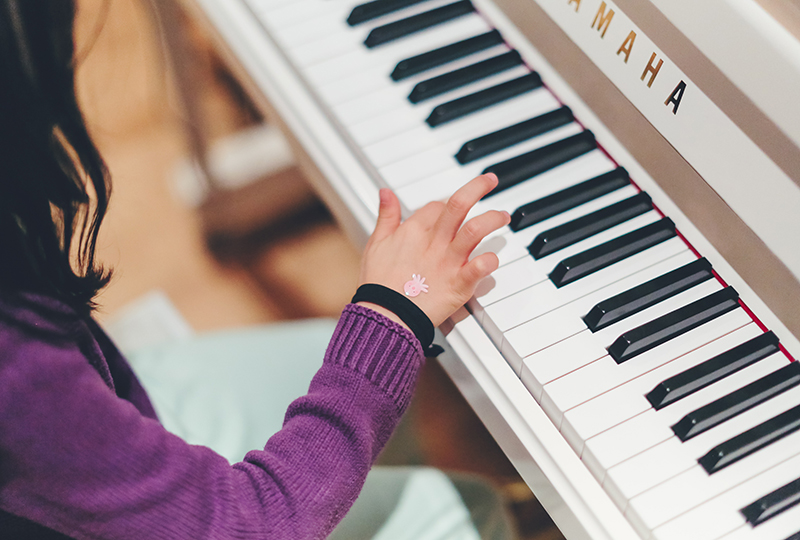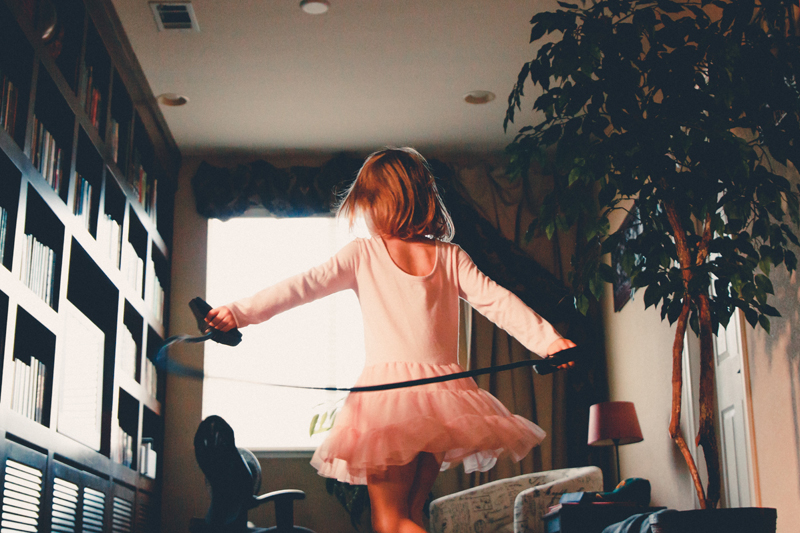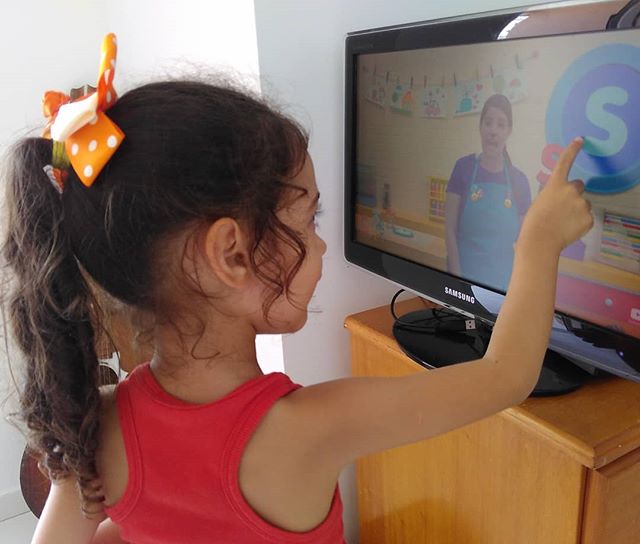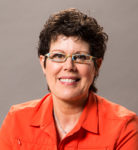
“Life is one grand sweet song, so start the music.”
– Ronald Reagan
Music is important for and to children for many reasons. Music, in fact, is with them even before they are born—beginning in utero with the beat and rhythm of Mom’s heart and then, once they are born, they are exposed to the music of living, the syncopations, harmonies—the sounds all around. In fact, being aware and relating to music seems to be something that’s hardwired into humans. Parents can use music as a way for their child to learn and enjoy Life!
Music is Math!
Songs, tunes, or melodies are basically sounds. Sounds in time made in a regular and repeated pattern, creating rhythms. Rhythms are, in fact, a collection of fractions. Fractions are mathematical expressions! They represent the division of a whole number by another. In the musical realm, notes replace numbers. The resulting fraction doesn’t represent a quantity of tangible items, but varying amounts of time. So one whole note is divided into:
(2) half notes; (4) quarter notes; (8) eighth notes and so on. Musicians must work out the rhythms, ie fractions, of a composition all the while following the conductor’s lead as they go through a musical score.
Music is Language!
If the goal of language is to communicate to others, then music can be considered a language of its own. Though music doesn’t use the alphabet, it has its own set of symbols to represent ideas and convey thoughts. Additionally, to bring order and cohesiveness to those symbols, there are rules—a musical grammar—that guide how those symbols are used.

Music is Science!
Science—many types of science—is integral to music. For one, music involves multiple, sound-related aspects of physics. For example: Frequency, pitch, intensity, and harmonics…and that’s only in relation to the musician! Thinking of music from the point of view of the listener, physics is still involved, but this time in the form of the acoustics of the room. Additionally the listener’s sense of hearing is required so biology comes into play. Engineering—an applied science—also would have had a hand in the design of the room. Music communicates and speaks to the soul of listeners, impacting their emotions and influencing their behavior…involving life and social sciences.
Music is Exercise!
Singing or playing an instrument is similar to an aerobic exercise as it increases lung capacity, improves circulation and develops the cardiovascular system. Additionally, core muscles are developed as well as facial muscles plus the muscles in the fingers, hands, arms and upper body. To create music, a musician must have extraordinary control and coordination over their body; coordinating various parts to work together as needed—in a solo manner or as part of an ensemble.
Music is ART!
Music is a form of creative expression. It reaches out and connects on a level that can’t be quantified or sometimes even explained verbally…it’s just felt. Music can also be useful as a form of self-expression. Selecting music to match one’s feelings or mood is an especially useful technique for non-verbal or very young children when words aren’t available or emotions are so powerful they prevent the words from coming.
In fact music, like PLAY, addresses all areas of child development:
- Cognitive
Music has been shown to foster language acquisition and develop reading skills. Information made into song is a great way to remember new knowledge. Your kiddo can use this memory technique and have fun learning the letters of the alphabet with Super Simple Song’s The Alphabet Chant & more ABC Songs! Music also aids in developing spatial awareness as well as improving focus. Spatial awareness is simply being able to recognize where your body is in relation to your surroundings. Playing an instrument requires both spatial awareness and focus. Your child can work on those skills using a triangle or bells to accompany their singing Super Simple Song’s Twinkle, Twinkle Little Star!
- Physical
Music and movement naturally go together. The steady beat of music is just the thing to start marching around the room. Music invites a body to move—it’s irresistible! Get your kiddo movin’ and groovin’ with Super Simple Song’s Head, Shoulders, Knees & Toes! - Emotional
Music is emotionally therapeutic. It manipulates emotions—creating new feelings or changing them. Music can induce a sense of relaxation, excite, make sad or joyful. Because of the mind-body-spirit connection, changes in emotions cause physical and cognitive changes. Have your child practice what different emotions look like…and maybe feel like…with Super Simple Songs Halloween song, Can You Make a Happy Face? Use a hand mirror so they can actually see what their face looks like with those emotions. - Social
Music’s power is apparent when many people are part of its creation—working together creating a unique moment in time and sound that no individual instrument could produce. When children play music together they learn to cooperate, possibly collaborate and support each other with an end result that’s greater than the individual contributions. Additionally, music gives children a connection to their culture as well as others fostering appreciation and acceptance. The interaction fostered by the songs in Caitie’s Classroom can be beneficial in a home or school setting. Try this video of Caitie counting fish.

Yes, music enhances development and learning for children. That’s an added bonus, but it shouldn’t be exclusively focused on. Authors of Harvard’s Project Zero stated: “Studying the Arts should not have to be justified in terms of anything else. The Arts are as important as the Sciences: they are time-honored ways of learning, knowing, and expressing” because….Music is LIFE!”
“It’s a great life, this Life of Music.”
– Ahmet Ertegun
Don’t forget to follow us on Twitter, Instagram, Pinterest, and Facebook!
 Contributor
Contributor
Karen Whittier, better known as Teacher Karen, is Early Childhood Engineer and Play Specialist for Play & Grow. Play & Grow provides parents with developmental products and resources to create play-based, hands-on activities for their children. Play & Grow also provides toy and book reviews and recommendations as well as offers local toy rentals.
With her experience as an engineer plus early childhood educator, in addition to being a parent, and now grandmother, she knows the value and power of PLAY. PLAY is the WAY young children learn BEST! Teacher Karen looks forward to sharing meaningful moments of PLAY with families!
Original content © 2018 Super Simple. Not to be reprinted without express written permission. Terms of Service.

